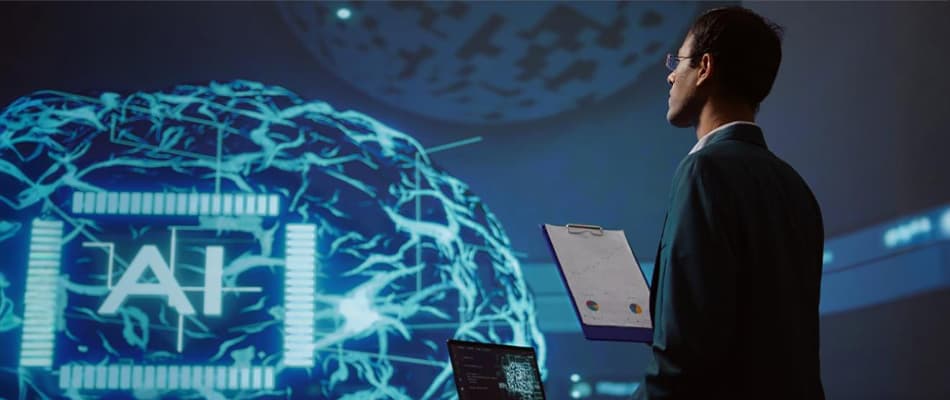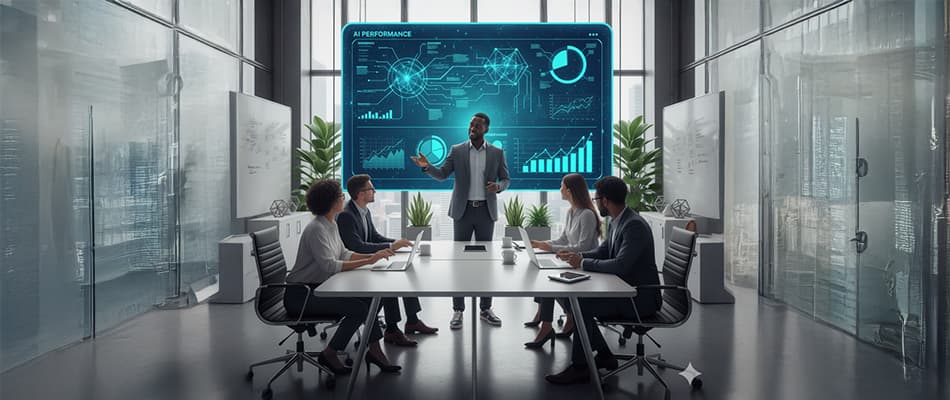What is a Flyer in Graphic Design? Learn its Main Elements
In graphic design, a flyer is a versatile and widely used method of communication. It is a printed or digital piece that conveys a message quickly and clearly, often designed to grab attention in a short amount of time. Flyers can be used for various purposes, including promoting events, advertising products or services, or sharing important information. The key to an effective flyer is its ability to deliver a message with strong visuals and concise text.
So, what is a flyer in graphic design? It is a creative piece that combines eye-catching design elements, typography, and imagery to communicate a message effectively. Whether it’s for a concert, a business promotion, or a local event, a flyer serves as a quick way to inform and engage an audience. In graphic design, creating an effective flyer requires understanding the target audience and designing with purpose and clarity.
This article will explore what is a flyer in graphic design, its core components, its importance, how it is made, and its impact.
What is a Flyer in Graphic Design?
A flyer in graphic design is a visual used to communicate messages quickly and effectively. It is a printed or digital document designed to grab attention, usually for promotional purposes. To understand what is a flyer in graphic design, it is essential to know that Flyers are often used to advertise events, products, services, or important information. They are designed to be eye-catchy and straightforward, with a focus on clear messaging and visuals that appeal to the target audience.
A flyer blends images, typography, and layout to deliver a specific message. The design needs to be engaging yet simple, ensuring the main points stand out clearly. Flyers can vary in size, from small handouts to large posters, depending on their purpose and how they are distributed.
In graphic design, a well-designed flyer can be a powerful tool for drawing attention and conveying key information. Whether you are promoting an event or sharing a business offer, a flyer plays a key role in making your message known. Understanding what is a flyer in graphic design is essential for people seeking to work in advertising and marketing.
Core Components of Flyer in Graphic Design
A well-designed flyer includes key elements that work together to deliver a clear message and catch attention. These components help make the flyer visually appealing and effective in encouraging action. Understanding what is a flyer in graphic design and its parts can help create flyers that are both attractive and functional.
The key components of a flyer in graphic design are given below:
- Headline: The headline is one of the first things people will see. It should be bold, simple, and directly related to the flyer’s purpose. A strong headline grabs attention and makes the reader want to keep reading.
- Subheading: After the headline, the subheading provides more details and helps explain the flyer’s purpose or offer.
- Body Text: This section gives the important details, like dates, locations, or product descriptions. It should be short but clear, as it holds the main message.
- Images/Graphics: Visuals like photos, icons, or illustrations make the flyer more interesting and eye-catching. Good visuals help highlight key messages and make an emotional connection.
- Call to Action (CTA): A clear call to action tells the reader what to do next, whether it’s buying a product, signing up for an event, or visiting a website.
Importance of Flyer in Graphic Design
Flyers play an essential role in graphic design as they are one of the most effective ways to communicate a message quickly and clearly. They are important because of their simplicity, directness, and effectiveness. They provide a quick way to communicate a message, making them ideal for promoting events, products, or services. Their versatility, eye-catching designs, and clear content ensure that they capture attention and convey essential information efficiently.
Given below are the key points on the Importance of Flyers in Graphic Design:
- Quick and Effective Communication: Flyers allow you to convey a message in a short time, making them ideal for busy audiences.
- Visually Appealing: A well-designed flyer grabs attention through strong visuals and creative layouts.
- Versatility: Flyers can be distributed both physically and digitally, broadening your reach.
- Targeted Messaging: They provide a clear and direct way to communicate key information to a specific audience.
- Cost-Effective Marketing: Flyers are a low-cost option for businesses to promote their offerings.
- Increased Engagement: Effective flyers encourage immediate action, whether it’s attending an event or purchasing a product.
How to Make a Flyer?
Creating a flyer is a detailed process that involves a combination of creativity, strategic planning, and design techniques. Each step in creating a flyer is crucial, from conceptualising the idea to finalising the layout for print, ensuring the flyer effectively conveys the intended message and achieves its objective. As you explore what is a flyer in graphic design, the following steps will guide you through the process of creating one:
- Define the Purpose: Before starting the design process, clearly define the flyer’s objective. Whether it’s to promote an event, advertise a sale, or provide information about a service, defining the purpose is important.
- Choose the Size and Format: Flyers come in various sizes, such as A4, A5, or DL. The size will influence the design layout, so select one that suits the content and distribution method.
- Design the Layout: Organise the flyer into sections that highlight the most important information. The layout should be clean and easy to read to extract the targeted message. Ensure there is a balance between text and imagery.
- Select Visual Elements: Choose fonts, colours, and images that align with your brand or the flyer’s purpose. Ensure they are visually appealing and easy to read.
- Add a Call to Action: Your flyer should encourage the audience to take action. Whether it’s visiting a website, calling for more information, or attending an event, make the CTA clear and prominent.
The process of designing a flyer involves strategic planning and design choices to ensure it achieves its goal of grabbing attention and communicating. This process helps us understand what a flyer is in graphic design and its role in communication.
Impact of Flyer on Graphic Design
Flyers have a significant impact on graphic design because they are an effective way to communicate a message quickly and clearly. They are widely used for promoting events, advertising products or services, and sharing important information. The power of a flyer lies in its ability to grab attention and deliver a message in a concise, visually appealing format.
As you now have a deep understanding of what is a flyer in graphic design, you learn that it combines typography, images, and layout to communicate a message directly to the audience. Its impact comes from the design elements working together to create a clear, engaging message. Flyers are designed to be engaging and marketable, ensuring that they stand out among other forms of communication.
Flyers in graphic design have the power to increase awareness, encourage action, and boost engagement. These effective elements make it an impactful form of advertisement for any marketing or promotional campaign.
Learn Graphic Design with Digital Regenesys
If you are interested in mastering the art of graphic design, learning how to create compelling and professional flyers can be a great starting point. Digital Regenesys offers a UI/UX and Graphic Design Course with GenAI that covers the essential skills needed to create impactful marketing materials. These courses provide the knowledge and hands-on experience to help you understand what a flyer is in graphic design.
Key points why you should consider the Digital Regenesys course:
- Practical learning: Gain experience by working on actual design projects to build your portfolio.
- Expert-led training: Learn from industry professionals with years of experience in graphic design and UI/UX.
- GenAI integration: Learn how to use artificial intelligence tools like GenAI to enhance your design workflow and create more innovative solutions.
- Flexible learning: Study at your own pace with access to online materials and resources that fit your schedule.
- Career support: Receive guidance and support from Digital Regenesys to help you secure a career opportunity in the graphic design field.
In conclusion, a flyer in graphic design is an essential marketing tool that can effectively communicate messages, attract attention, and inspire action. From its core components to its importance and impact, understanding what a flyer is in graphic design helps designers create materials that resonate with their audiences. Whether promoting an event, advertising a product, or sharing important information, flyers remain an essential part of any marketing strategy.
Whether you’re a beginner or looking to enhance your existing design skills, Digital Regenesys is the right platform to help you learn graphic design with our online UI/UX and Graphic Design Course with GenAI.
FAQs on What a Flyer Is in Graphic Design
What is the difference between a flyer and a brochure?
A flyer is typically a single-page design used for a specific promotion or announcement, while a brochure consists of multiple pages and offers more detailed information.
Can I design a flyer without professional design software?
Yes, there are various online tools and templates available that make flyer design easy, even for beginners.
What should I consider when choosing images for my flyer?
Choose images that are high-quality, relevant to the message, and align with your brand or event. Images should complement the text, not overpower it.
How do I make my flyer stand out?
Use bold, attention-grabbing headlines, clear visuals, and a compelling call to action. Additionally, focus on a clean and easy-to-read layout.
Can flyers be used for digital marketing?
Yes, flyers can be shared digitally through email, social media, or websites, making them an effective method in both print and digital marketing.













